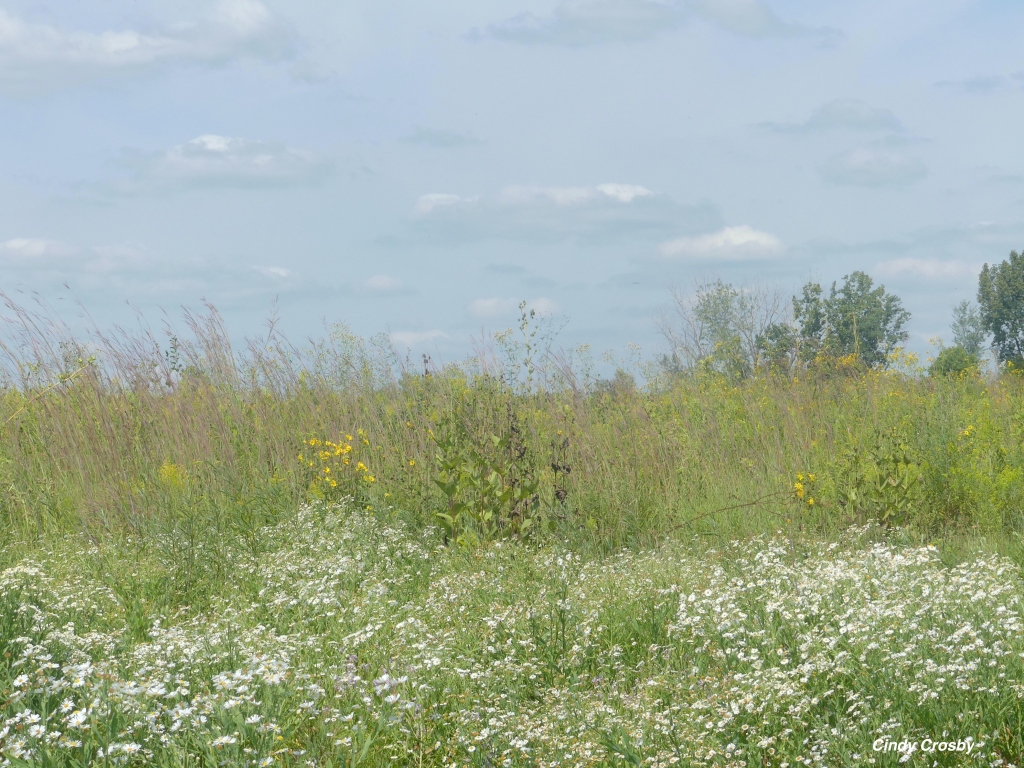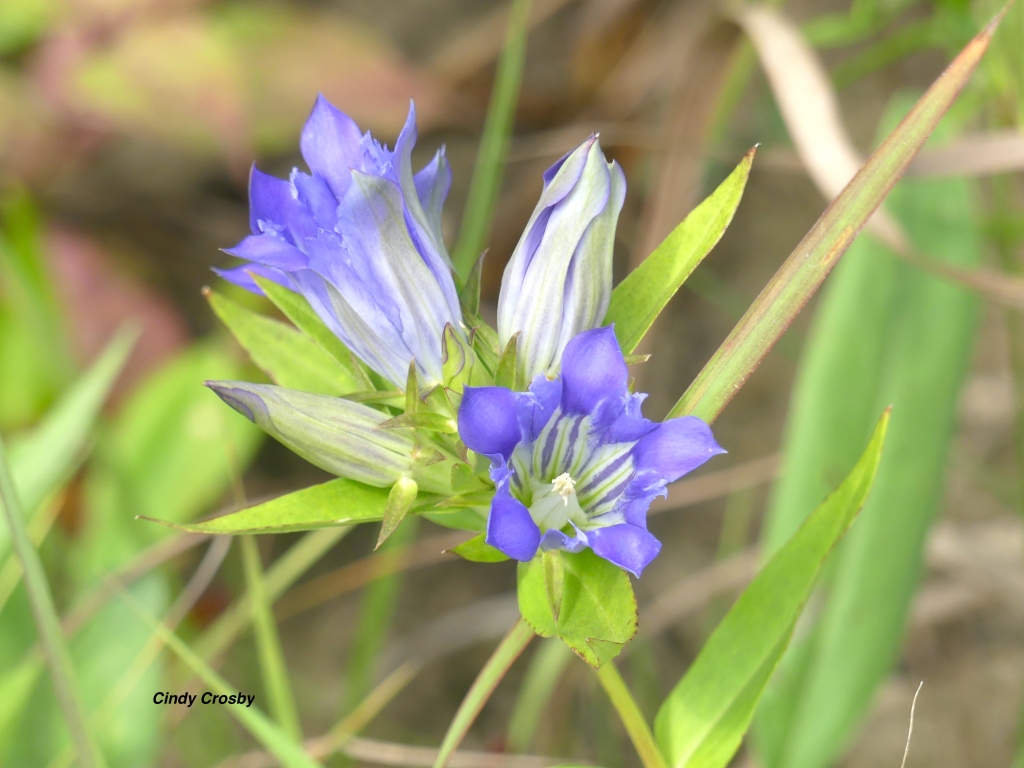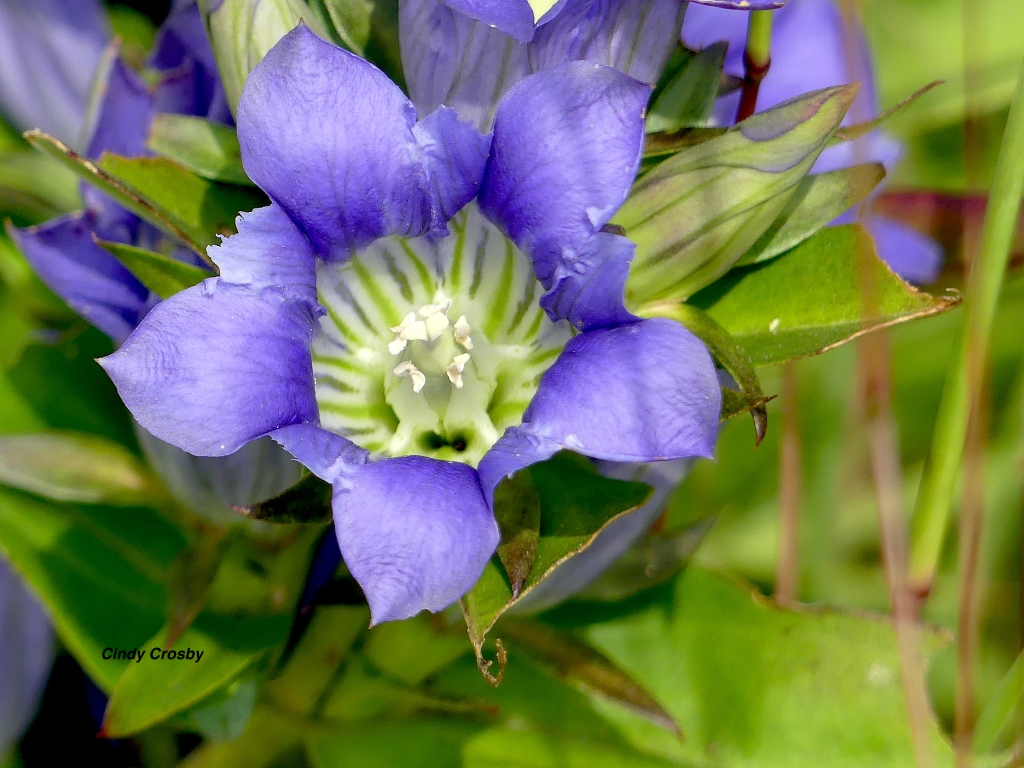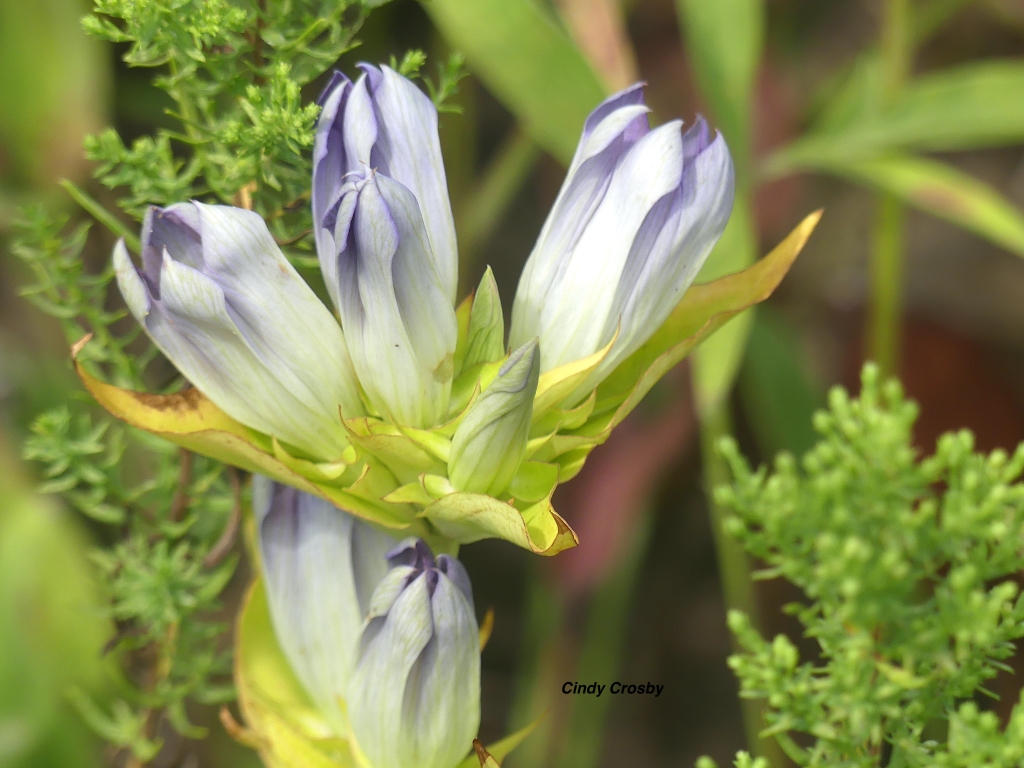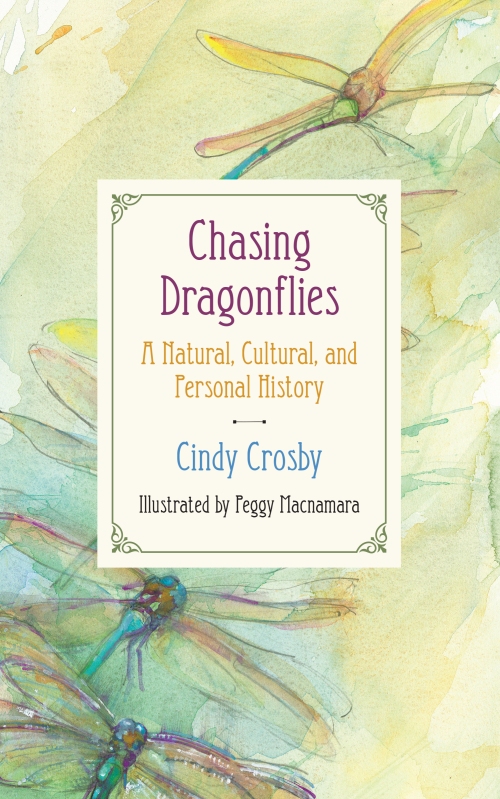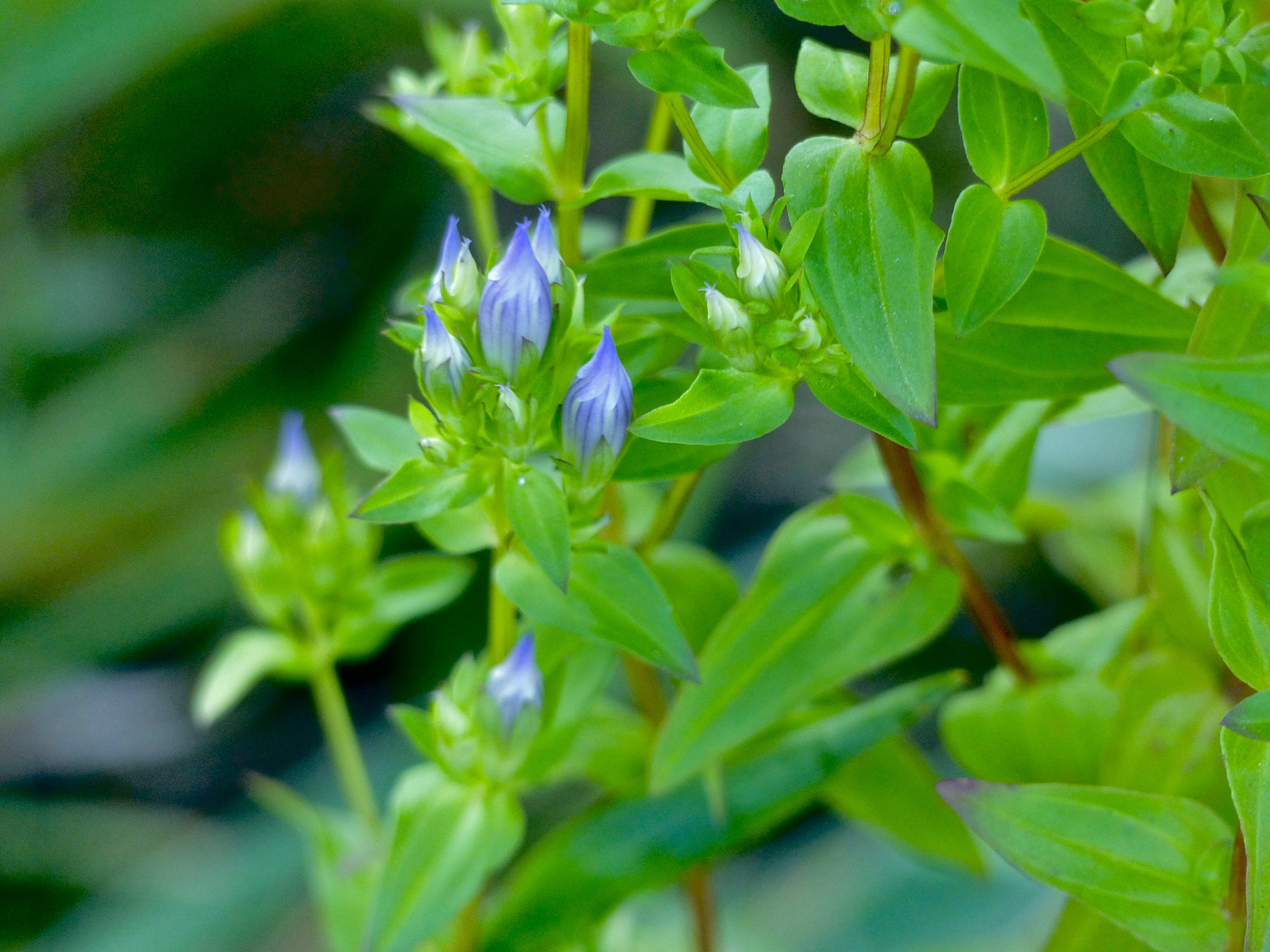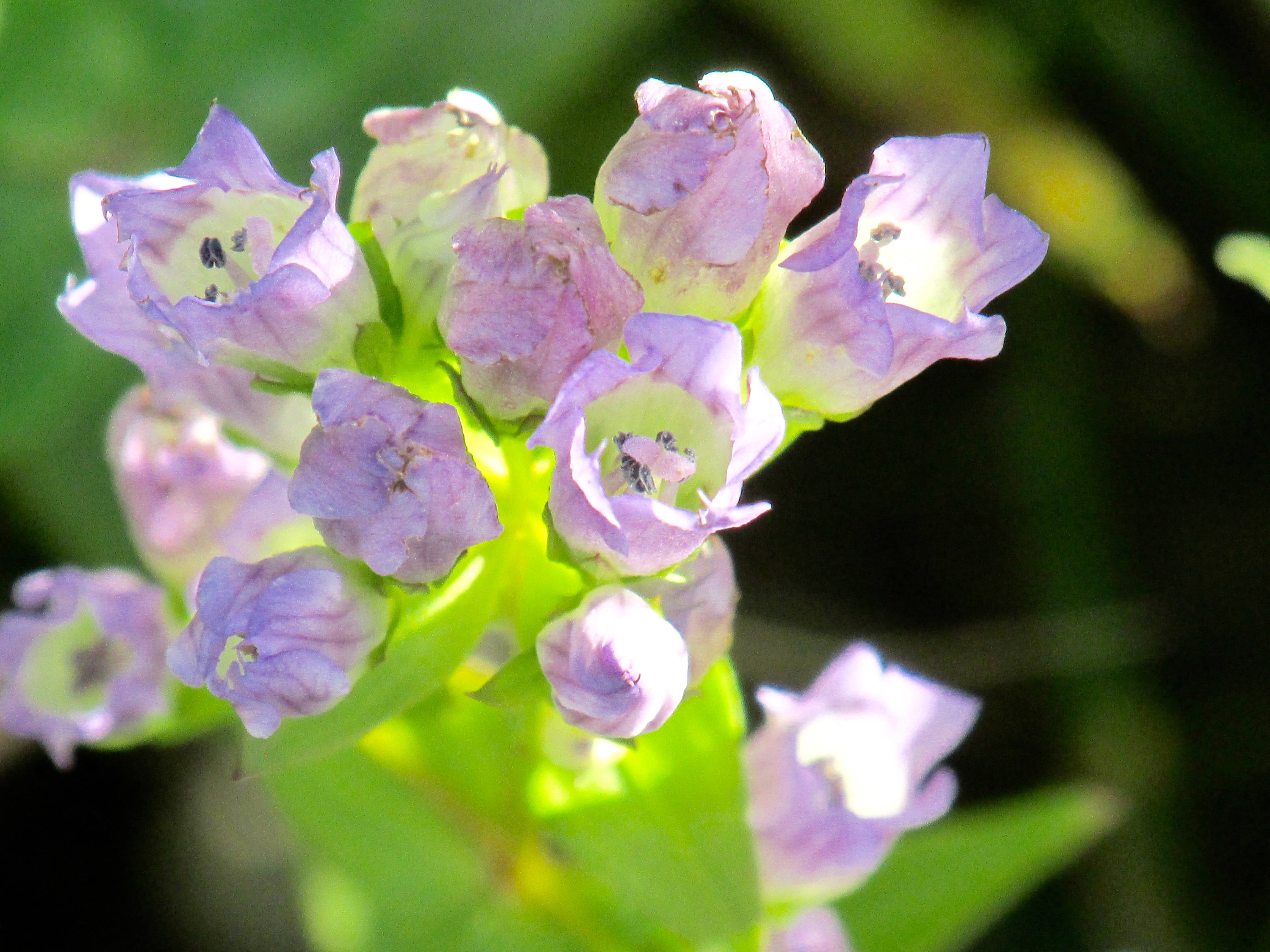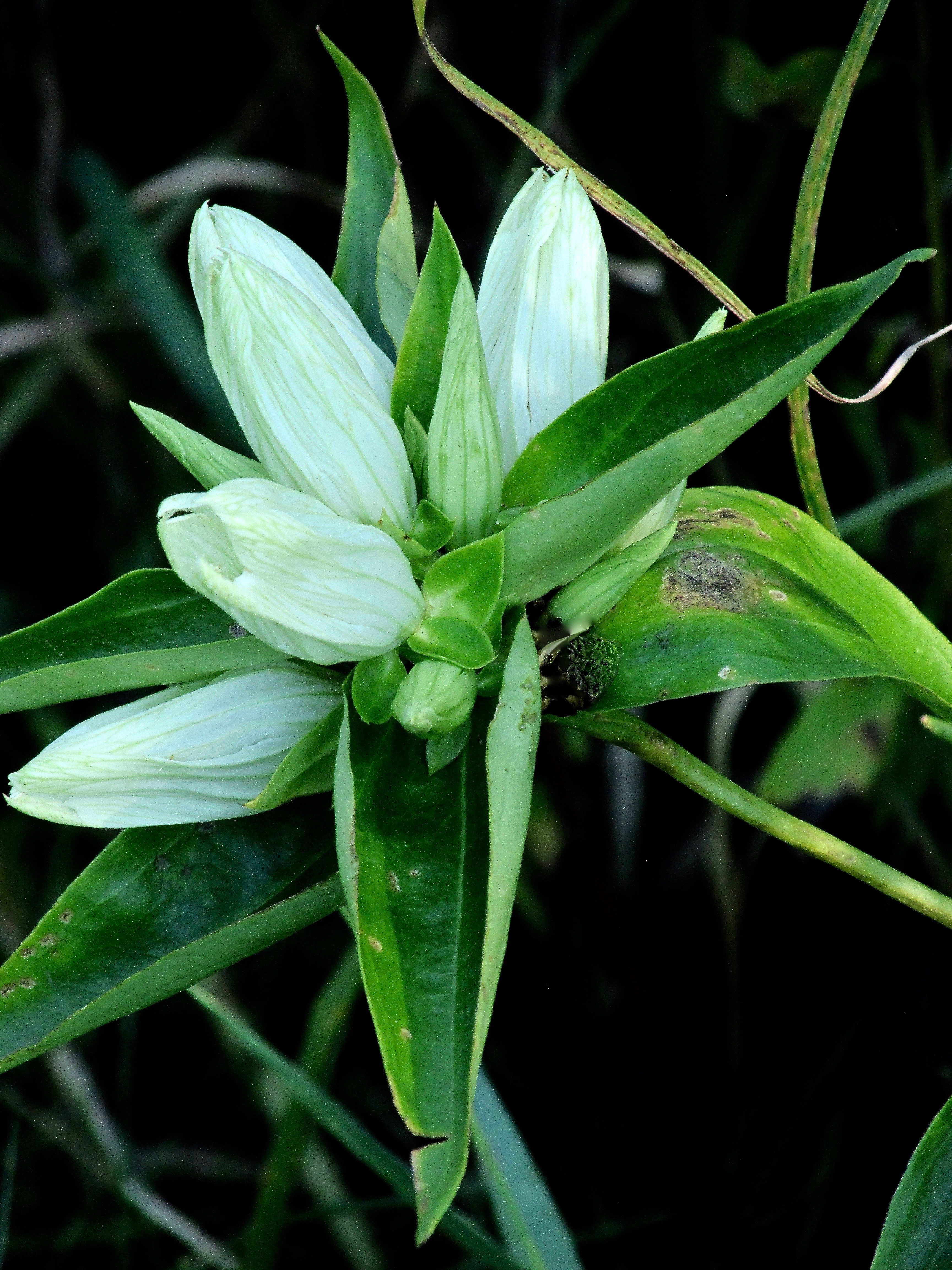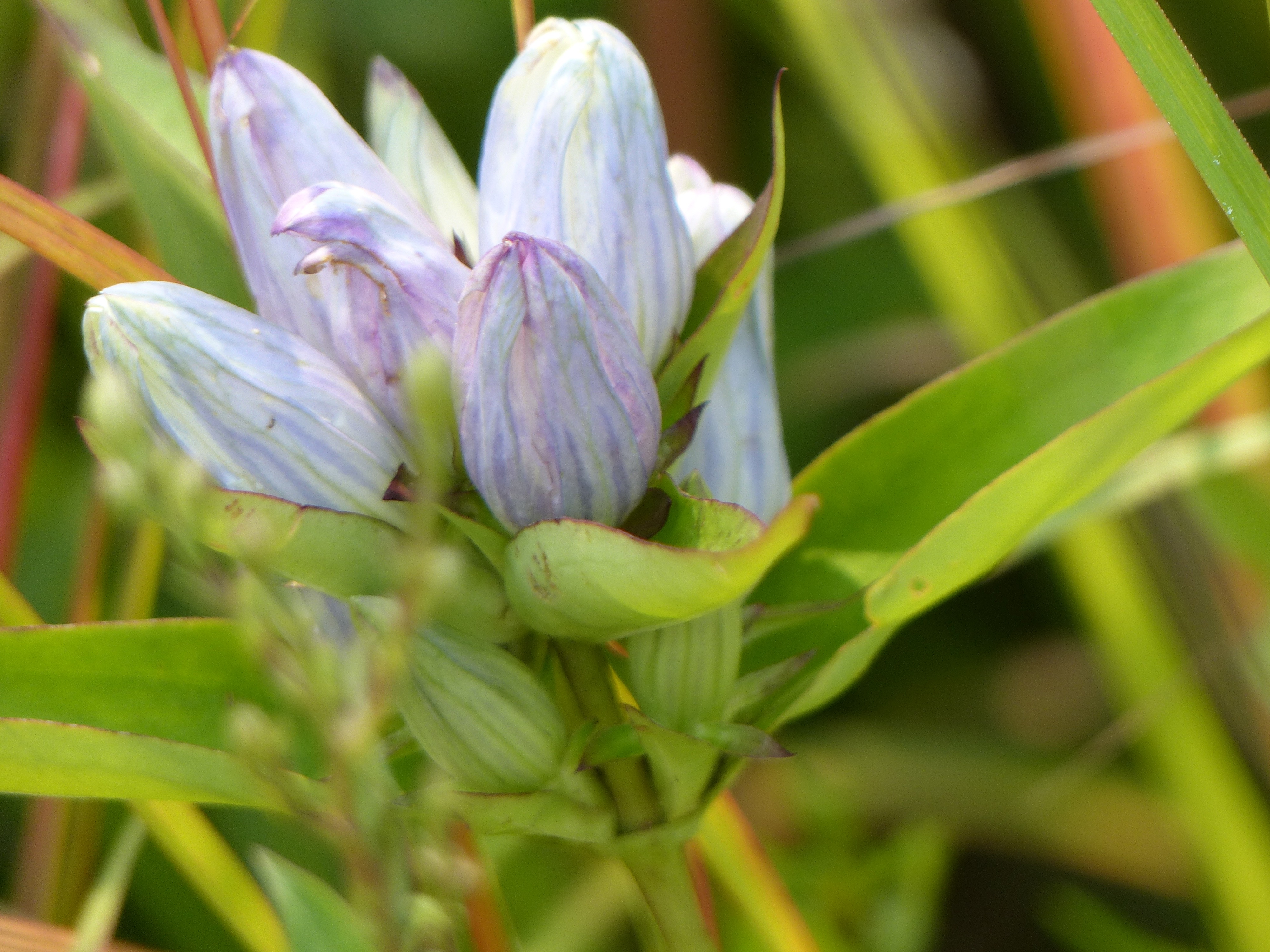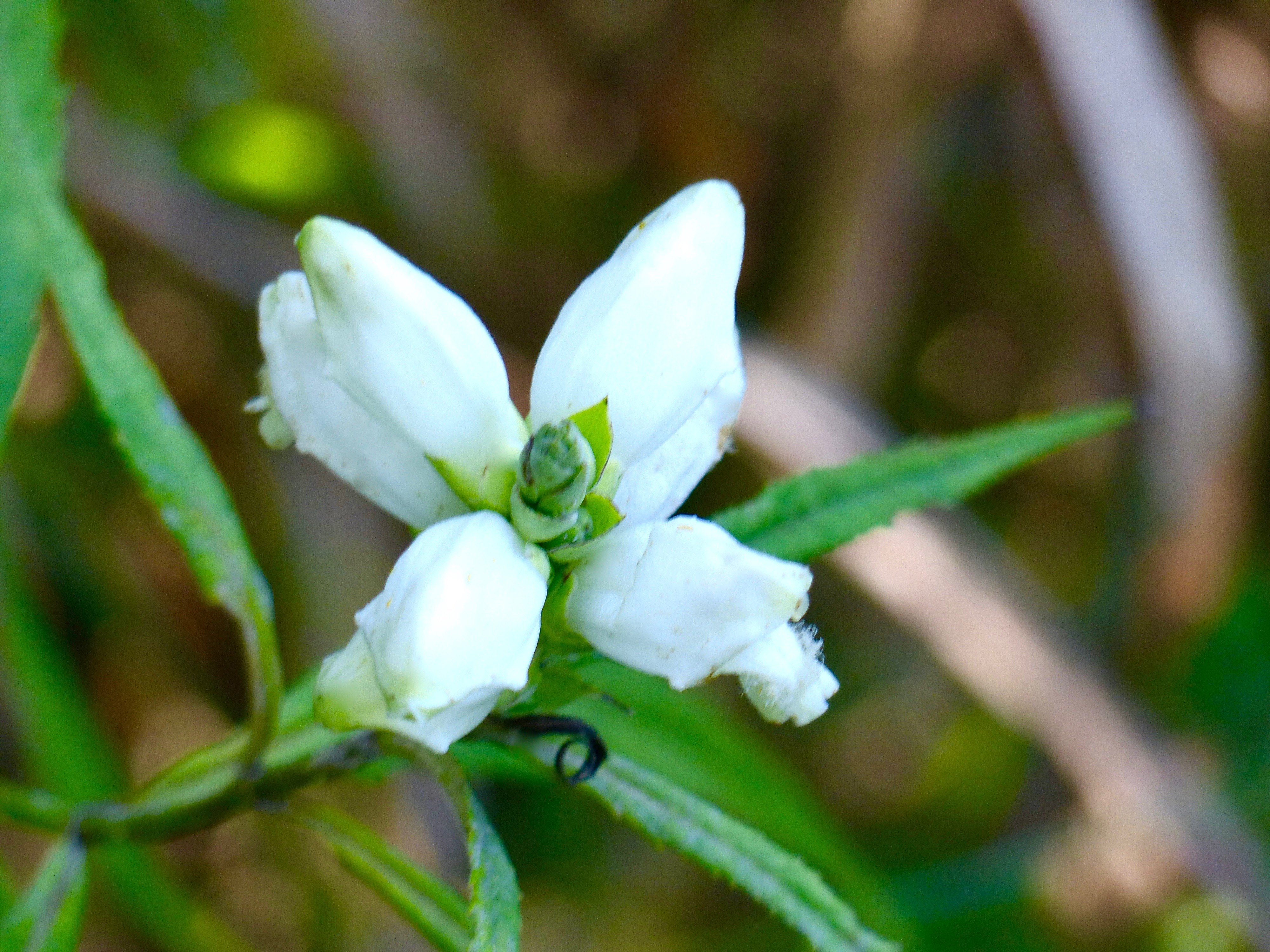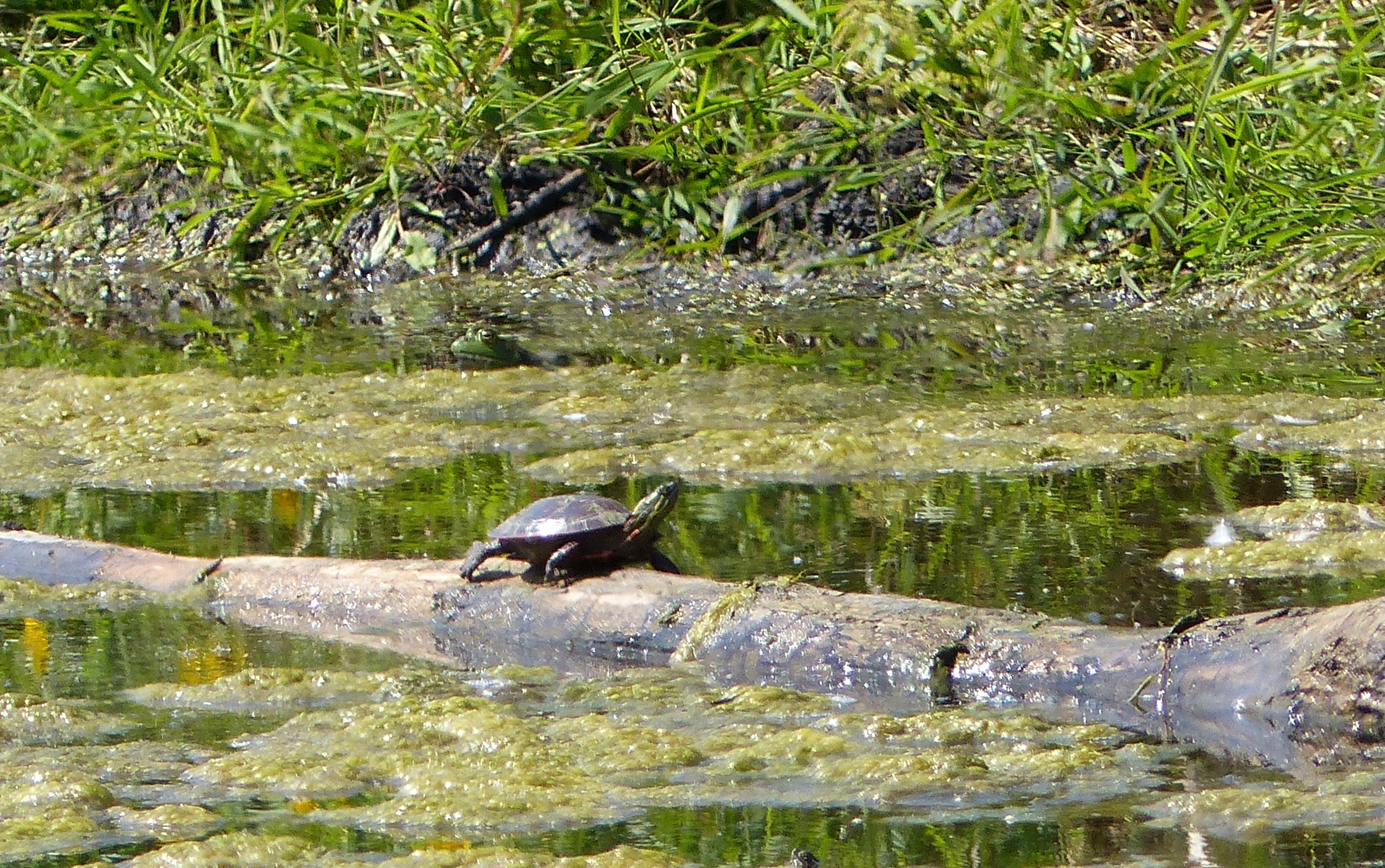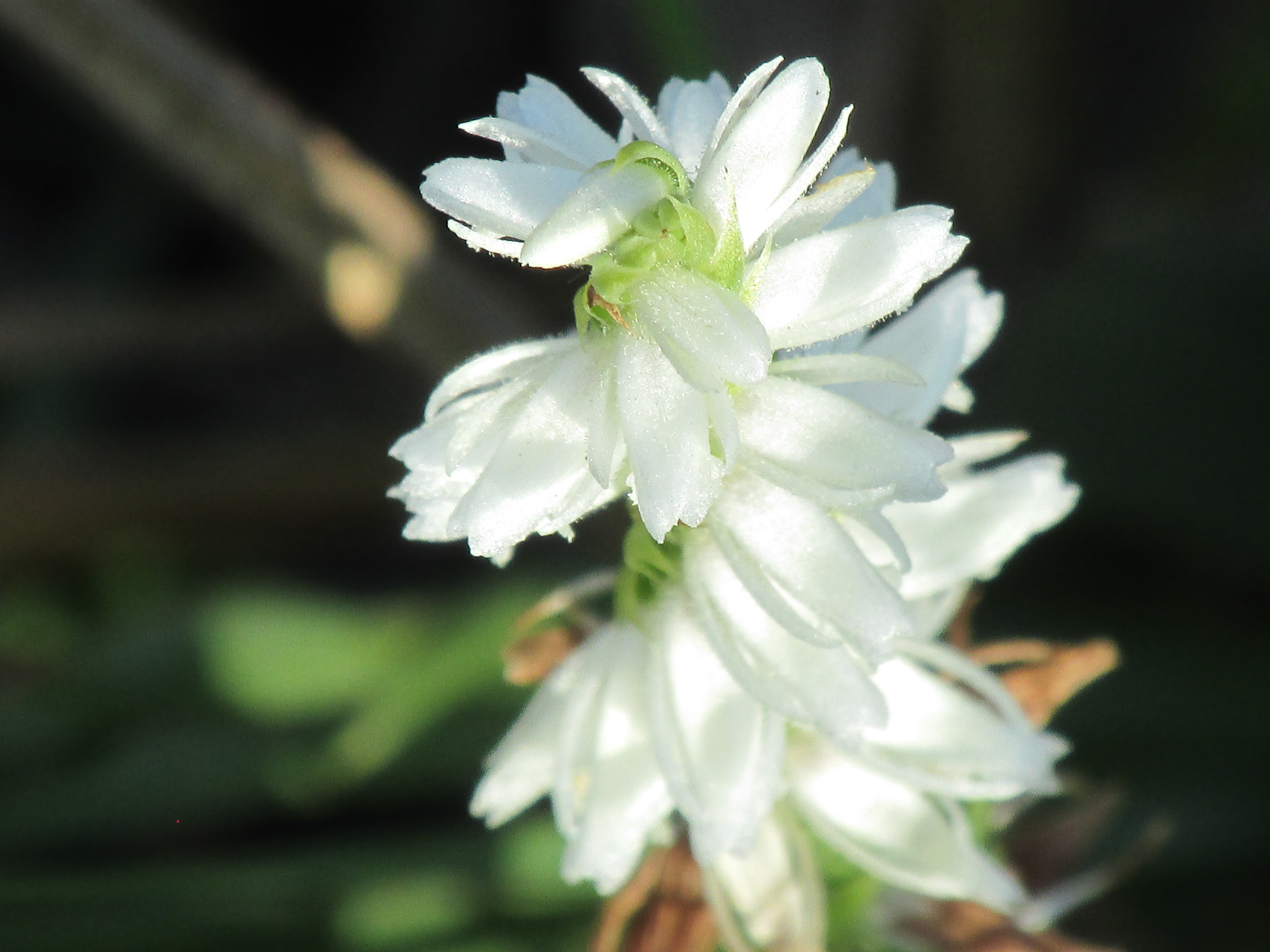“To make a prairie it takes a clover and one bee… .”–Emily Dickinson
*****
The prairie thumbs through September’s pages, already more than halfway through this 2021 chapter. The month is going so quickly! Blink, and you miss something—a wildflower blooming, a redstart heading south. Every trail has a surprise.

But—where is the rain? Take a step, and it’s like walking on Rice Krispies cereal: Snap! Crackle! Pop!

And yet. So much happens in September, rain or no rain. I don’t want to miss a moment. It’s the reason that I drink my coffee on the back porch this month, listening to the cries of the Cooper’s hawk stalking the bird feeders. Or sprawl in the backyard hammock, watching the sky for migrating birds and dragonflies silhouetted against the clouds. It’s why I stroll through the garden, hike the prairie trails. I want to see what shows up.

Indoors, I think about the outdoors. What’s happening that I’m missing? Is it a migrating warbler, or a lone red saddlebags dragonfly that has a tendency to show up in my yard at this time each year? Or even something as simple as the slant of light on the prairie, percolating through the haze across the grasses and goldenrod?

In the garden, I find half-eaten tomatoes on the porch; a relic of a chipmunk’s breakfast. It’s okay. We’ve had a surfeit of Sungolds, and Sweet Millions—it’s difficult to grudge the wildlife a few. Zucchini pumps out green cylinders; I’ve run out of recipes as squash turns to baseball bat-sized vegetables overnight.
Monarchs drift over my backyard. I see them everywhere on the prairie as well, about one every five minutes, pausing to sip from the blazing star…

… and nectar at the sunflowers.

Not all the butterflies choose wildflowers. These viceroys prefer scat.

What? Yes, you heard me right. They enjoy a heapin’ helpin’ of amino acids and salts from ….er, dung…that they can’t get from plants. Sometimes they “puddle” on minerals and salts in the soil, like this puddle club of eastern-tailed blues.

I hike the trails, touching the sandpaper-rough compass plant leaves, inhaling prairie dropseed’s hot buttered popcorn fragrance. The scent follows me home on on my clothes, as if I’ve been in a movie theater. Crunch. Crunch. Crunch. Everything is so dry. Dust and grasshoppers spray up as I step on the parched ground. So many grasshoppers!

Chinese mantis turn up in unexpected places, on the look-out for prey. I admire their stealth.

This lucky eastern forktail damselfly enjoys a mid-morning snack. You can tell she’s a mature female by her powdery-blue coloration.

Only a few steps away, an autumn meadowhawk dragonfly basks in the morning sun. The meadowhawks have been few this season, and I’m not sure why. Not enough rain, maybe? Whatever the reasons, I’ve missed them.

Grasshopper. Mantis. Damselfly. Dragonfly. Any of these might be lunch for the northern leopard frog, which is looking for its next meal.

September is a month of eat-or-be-eaten in the tallgrass. Although I’d love to take off on a wind current like a monarch, bound for the south; or spring-jump like a grasshopper into the little bluestem, I’m grateful to be human. Insects see the prairie from a much different perspective than I do.
Alongside all the tension of who will eat who, is the continuing jazz festival of fall gentians. I memorize their deep blue, knowing they are a fleeting pleasure that will be gone all too soon.

I want to remember September. Soak up the bright lemon evening primrose.

Delight in the juxtaposition of sneezeweed and great blue lobelia along a prairie stream.

I store away these colors, scents, and sounds of autumn for the winter.

There are stories here to be read. To listen to these stories, I have to show up. To be there. As the writer Annie Dillard tells us, it’s the least we can do.

What about you?
Will you be there?
*****
I’ve always enjoyed the opening quote for this week’s blog, from the poet, Emily Dickinson (1830-1886). I use the poem in its entirety at the start of a chapter in The Tallgrass Prairie: An Introduction on “What is a Tallgrass Prairie?” However, as a prairie steward, I would have loved to have sat down with Emily in her room in Amherst and ask her a few followup questions. When she said “clover,” just what clover species was she referring to? Dalea candida? Or, Melilotus officinalis ? Ditto on the bees. Honey or native? And Emily—have you ever seen a tallgrass prairie? Or did you write your poem from the accounts you read from others, in the reclusive solitude of your room? Read her complete poem here. It’s an easy one to memorize, and one that will stick with you as you hike the prairie. Regardless of that “clover” species.
****
Join Cindy for a program or class!
IN PERSON September 27, 7-8:30 p.m.–-“The Tallgrass Prairie: Illinois Original Garden” Arlington Heights Garden Club. Please visit the club’s website here for guest information, event updates pending Covid positivity in Illinois, and Covid protocol.
ONLINE –Nature Writing Workshop 2 (through the Morton Arboretum): Deepen your connection to nature and improve your writing skills in this online guided workshop from The Morton Arboretum. This interactive class is the next step for those who’ve completed the Foundations of Nature Writing (N095), or for those with some foundational writing experience looking to further their expertise within a supportive community of fellow nature writers. Please note: This is a “live” workshop; no curriculum. For details and registration, click here. Online access for introductions and discussion boards opens October 12; live sessions on Zoom are four Tuesdays: October 19, October 26, November 2, and November 9, 6:30-8:30 pm.
For more classes and programs, visit Cindy’s website at http://www.cindycrosby.com. Hope to see you soon!







